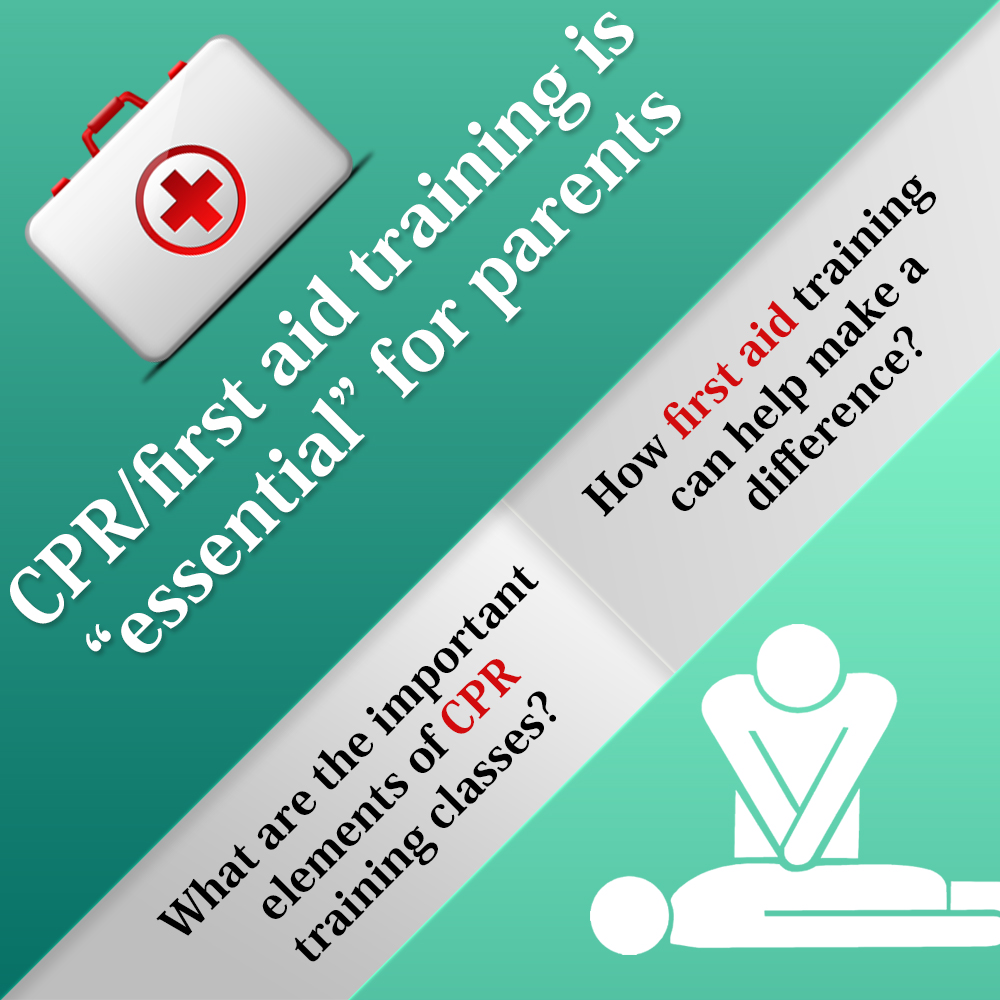Cardiopulmonary resuscitation (CPR) is a lifesaving technique that can help a person who has stopped breathing. Approximately 92 percent of cardiac arrest victims die in out-of-hospital conditions because of not receiving immediate CPR, but if more bystanders know how to perform CPR, more lives could be saved. The American Heart Association’s 2015 Guidelines Update for CPR also places much emphasis on high-quality CPR training for rescuers, BLS providers, and bystanders. The following video showcases top five changes in CPR procedure as issued by AHA in its 2015 CPR Guidelines Updates.
Updated CPR guidelines refine how deep and how fast chest compressions should be given to a cardiac arrest patient during an emergency situation. For adults, a rescuer should provide chest compressions at a rate of 100-120 compressions per minute and push down at least 2 inches, but not more than 2.4 inches. The new CPR guidelines also recommend allowing full chest wall recoil after each compression to avoid any damage to the sternum. See the video below to know more about the latest updates in CPR guidelines.



